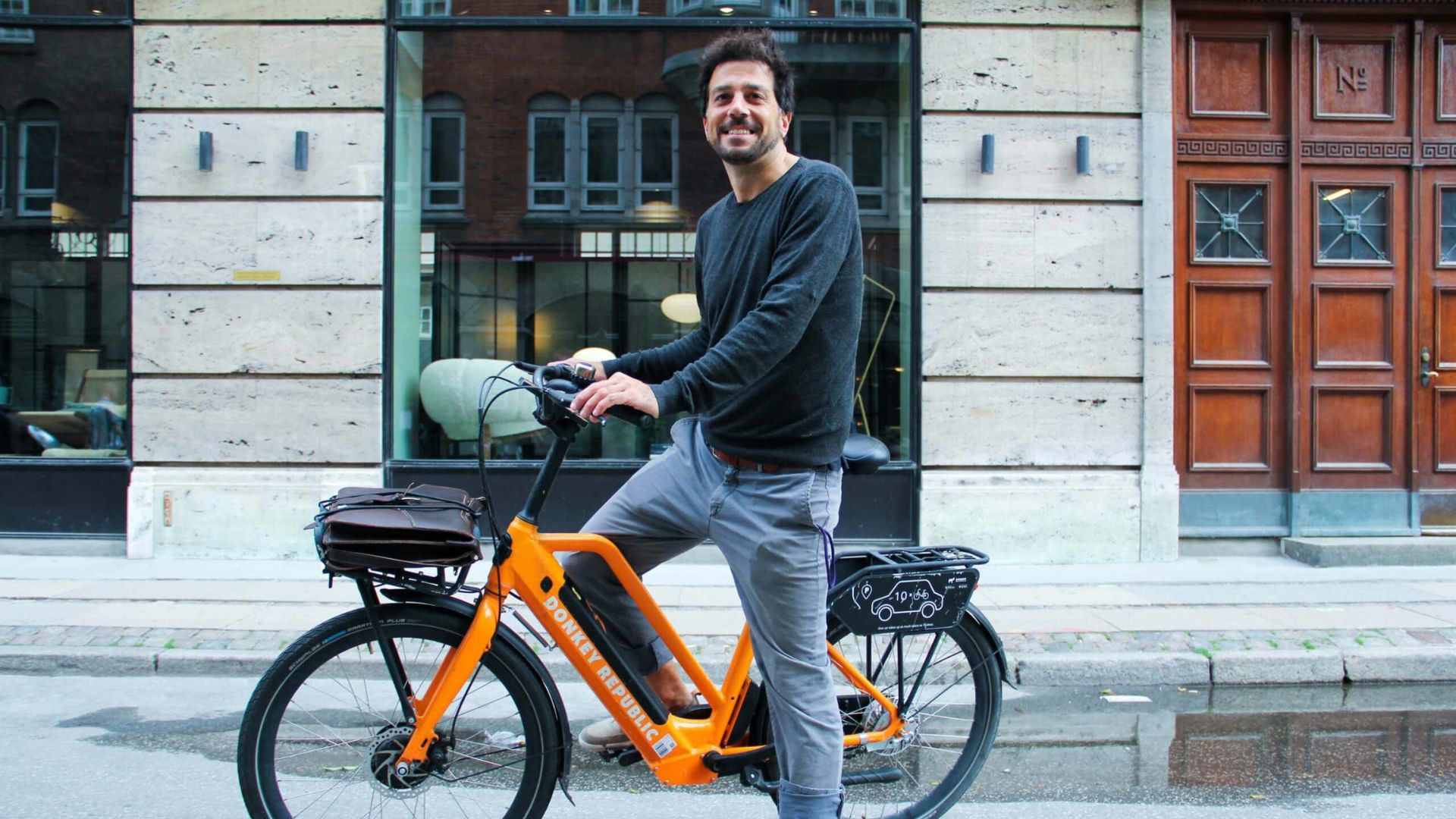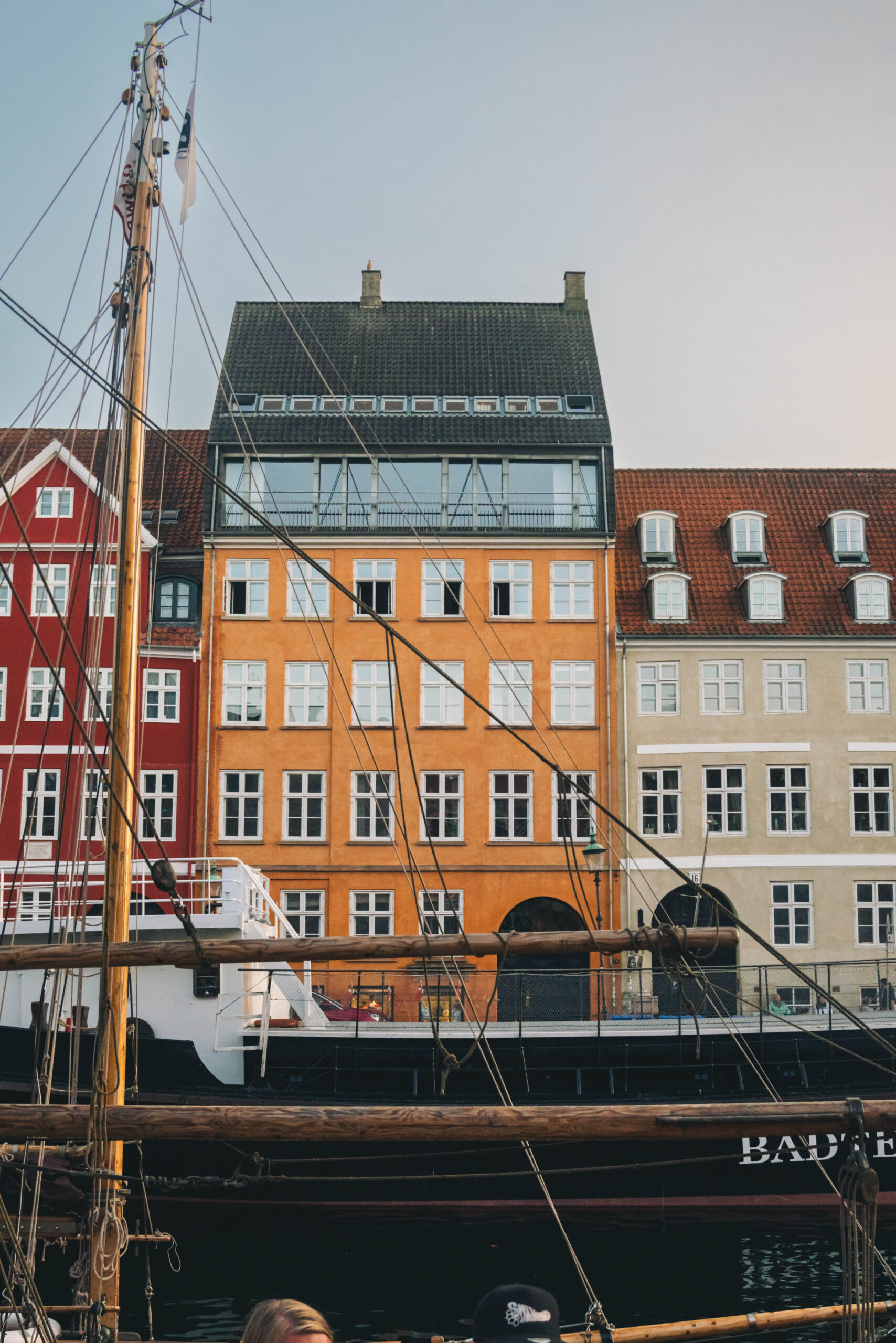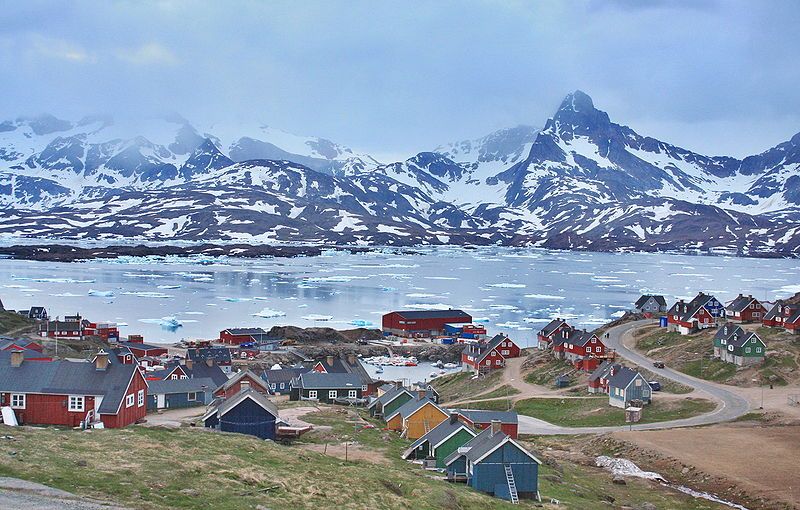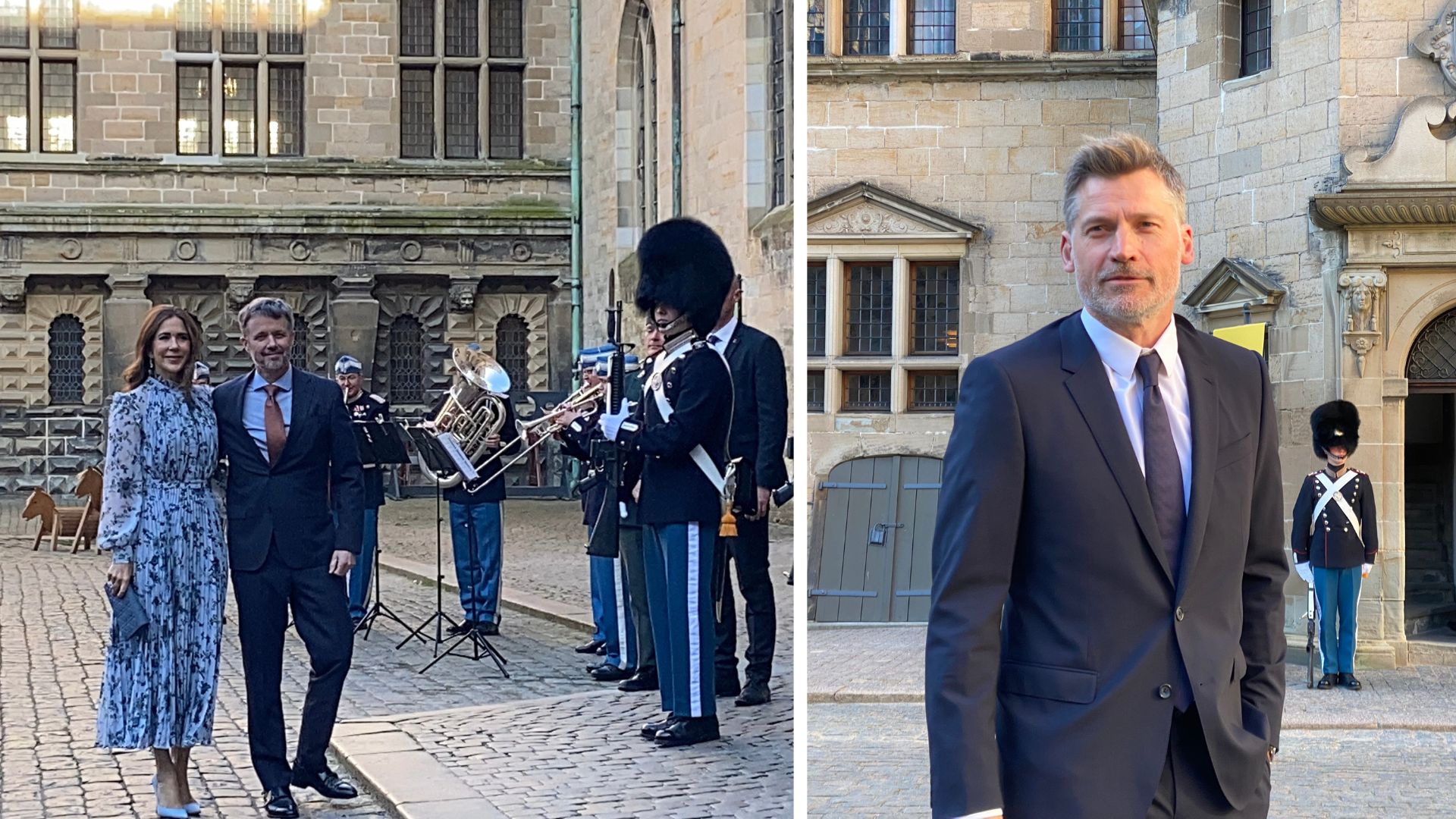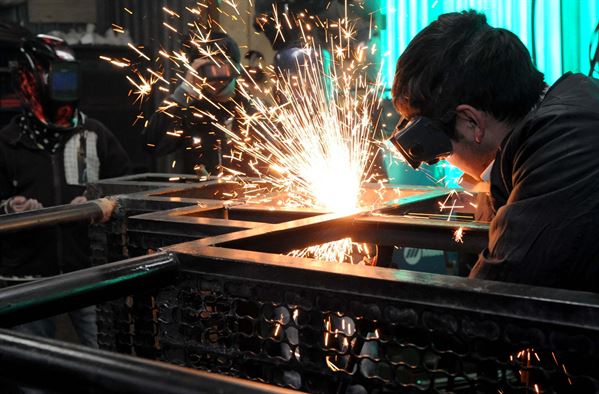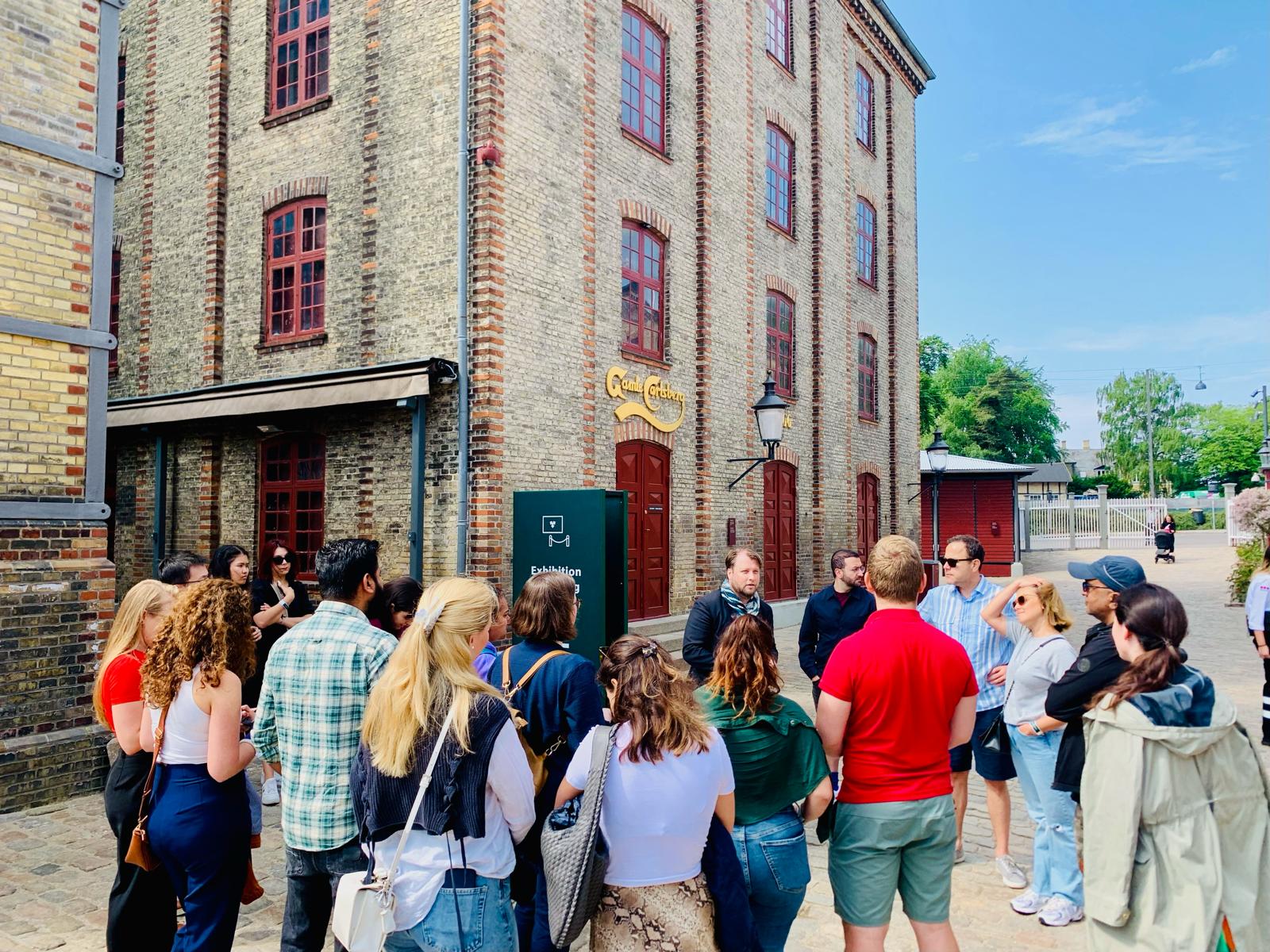On February 10, nearly six months ago, 48 year-old Jeanett Rask Thomas left her family apartment in Nørrebro to run some errands and buy a shawarma. But she never returned home and a massive police search ensued yielding no results.
The Danish police halted their search in March but the mystery of Thomas’s disappearance cleared up after her drowned body washed ashore off the coast of Poland, hundreds of kilometers away. And for the Thomas family, who had feared the worst, it was nice to finally get some closure in the case.
“I don’t really know what to say. We somehow knew that something like that had happened,” her widower Lars Thomas told BT newspaper. “We have also returned to a normal daily routine during the past six months. It’s a relief. My youngest 13 year-old boy told me that ‘now it will be easier, dad’.”
According to the Polish authorities, Thomas drifted ashore on April 1, but the information first reached the Danish police in July, three months later, according to Jens Møller, assistant police inspector of the Copenhagen police.
Aside from her wedding ring, the Polish police have also sent pictures of the deceased woman from which the Danish police could accurately ascertain that the body was indeed that of Thomas.
But why the Polish police took three months to notify the Danish authorities, despite finding her ring with her husband's name on it, Møller couldn’t explain.
“I don’t have a comment to what Polish police do or why. The engraving on the wedding ring was thought to be of a child,” Møller told BT. “They apparently didn’t realise the connection, and if it is due to a different ring culture in Poland, I don’t know.”
The Polish police did not find any signs of a criminal act in the case.


